Sample Git Repositories
pairwiseHudsonFst
Estimates population-level pairwise fixation indices using the unbiased method in Hudson et al. 1992.
genind2DIYABC
Converts population genetics/omics data from genind to DIYABC format for Bayesain demographic history modeling.
importDadiResults
Imports, extracts, parses, and compares results of demographic history models.
contest-assessment
Replicates simulation models described in Chapin et al. 2019 Behavioral Ecology.
this site
A responsive, static site built only with HTML and CSS.
Sample Data Visualizations
Sample Shiny Apps
pval
A simple Shiny app to visualize the relationship between sample size, variance, and effect size on p values in inferential statistics.
TEI-calc
A simple natural language processing shiny app that estimates the level of enthusiasm indicated by a written laugh. Is "hehehe" more enthusiastic than "Ha ha!"?
Data Skills
Coding and Development
Conversant Languages
MATLAB, SAS, Latex, PHP, Mathematica, Visual Basic
Infrastructure
Pipeline and workflow design, data architecture, version control, continuous integration
Analysis and Visualization
Statistics
Frequentist and Bayesian, multivariate, ordinal, non-linear and non-parametric
Modeling
Predictive, simulation, agent-based, analytical, and mixed-effects modeling
ML/AI
Supervised, unsupervised and reinforced machine learning; tensorflow, pytorch
Mapping
Geospatial analysis, geocoding, address parsing, GIS, ESRI, Google Maps API
Bioinformatics
Sequencing
Massive Parallel Sequencing (Illumina), Shotgun Sequencing (Roche), Sanger Sequencing, restriction enzyme markers, genotyping-by-sequencing
Wet Lab
DNA extract, purification, quantification; PCR, electrophoresis, shotgun sequencing, microsatellites, AFLP
Genomics
Sequence processing and alignment, de novo genome assembly, variant calling, metagenomics
Analyses
Phylogenetics, metagenomics, population and landscape genetics, demographic modeling
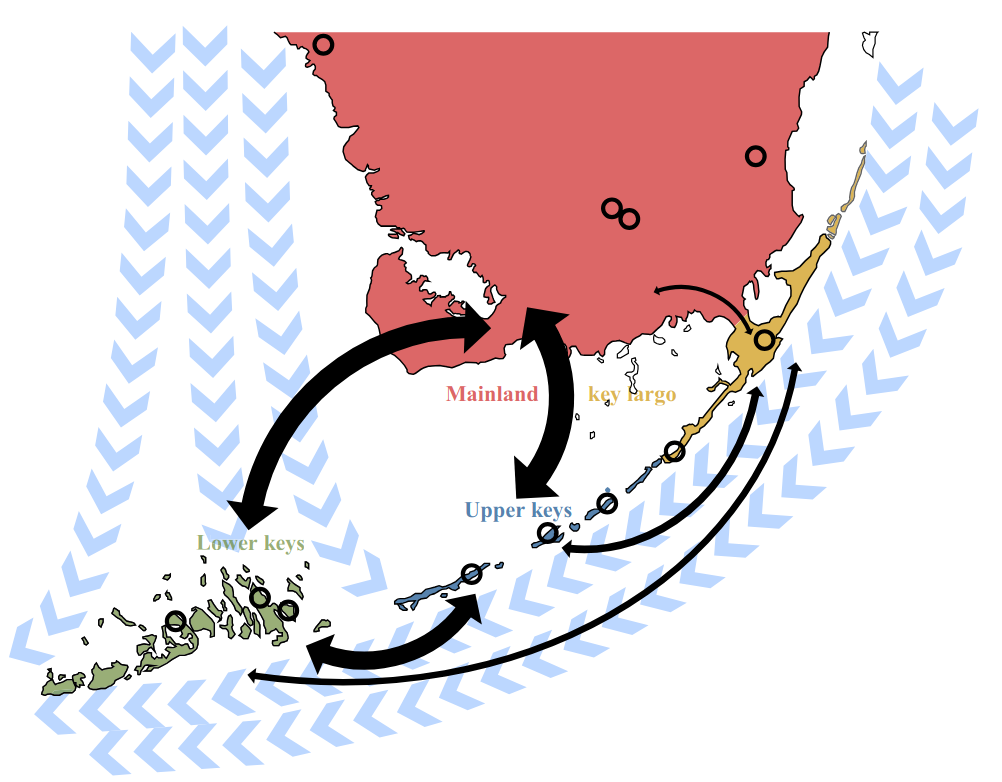
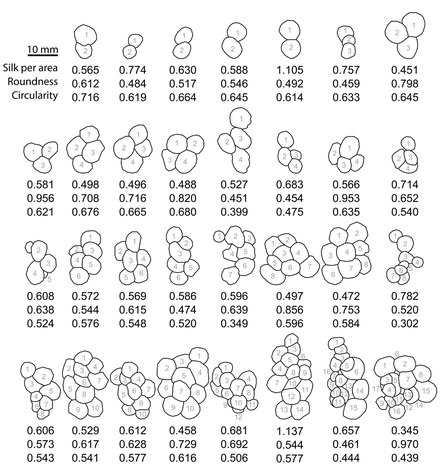
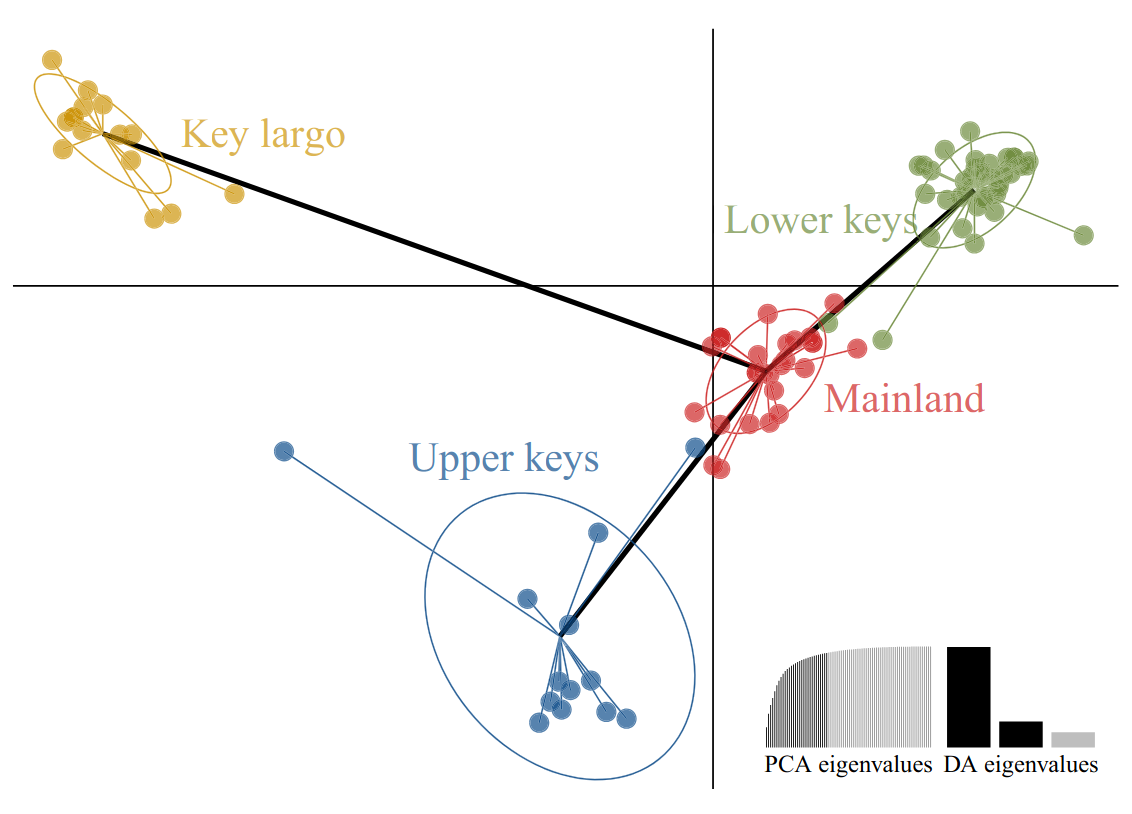
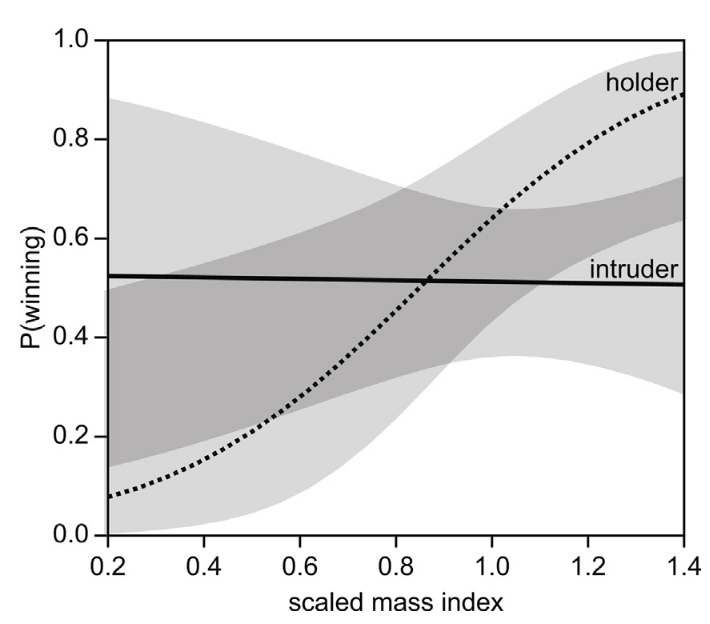
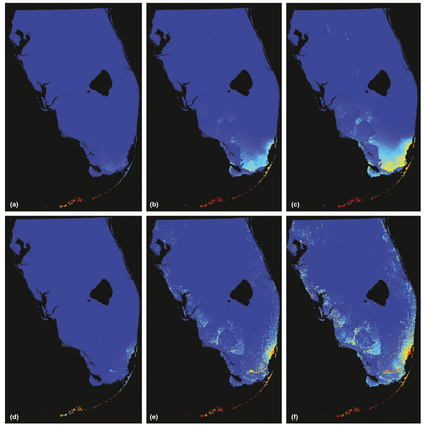
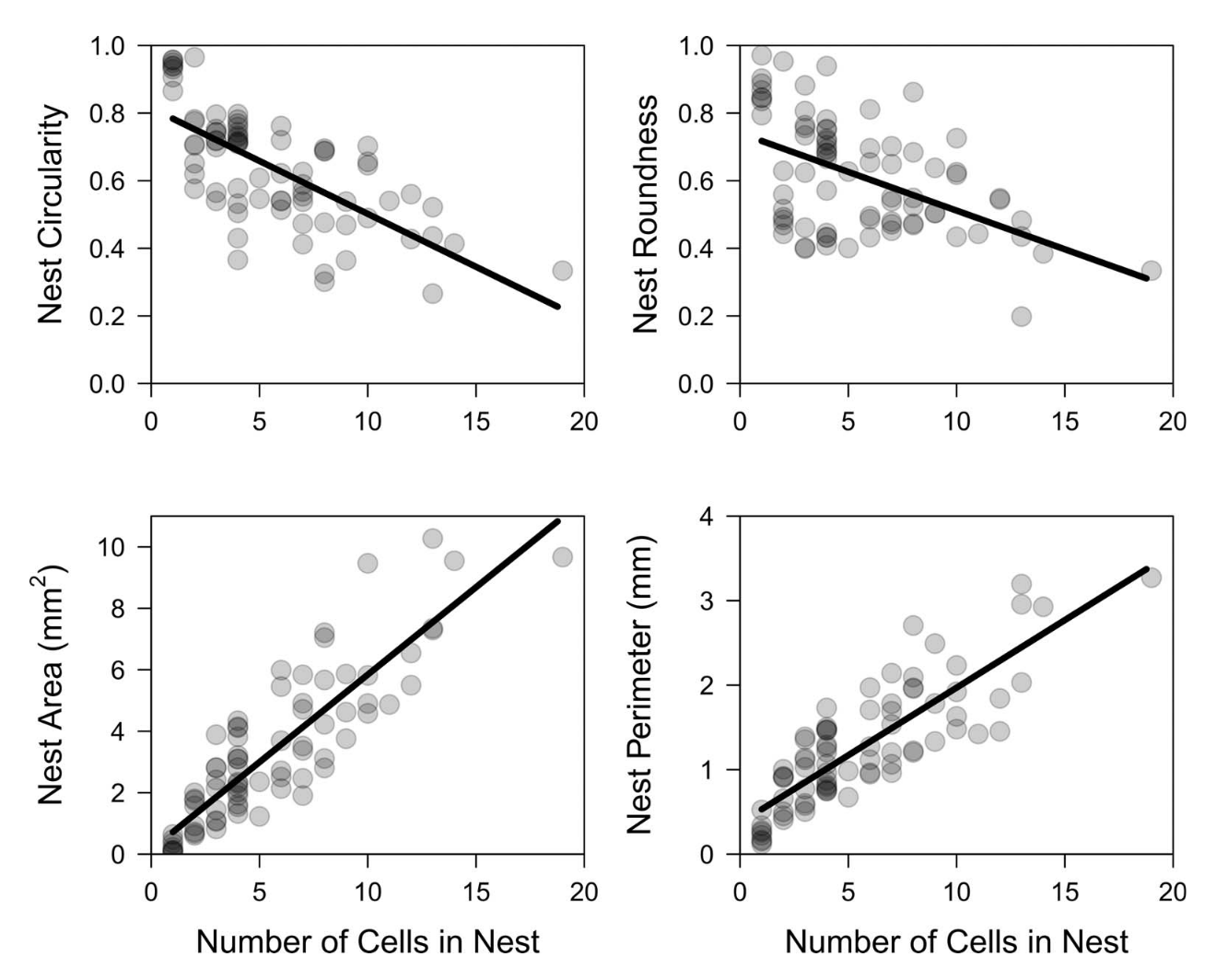
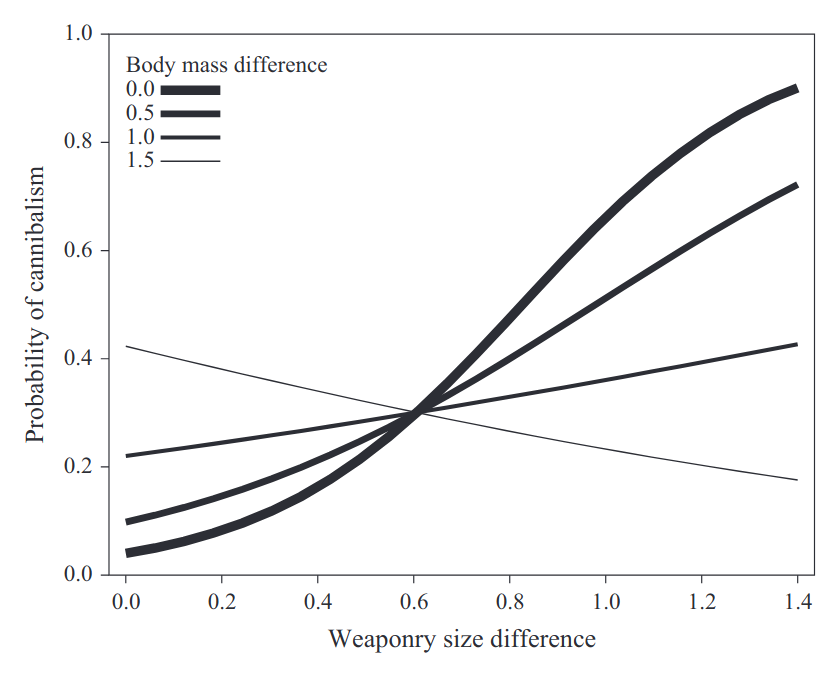
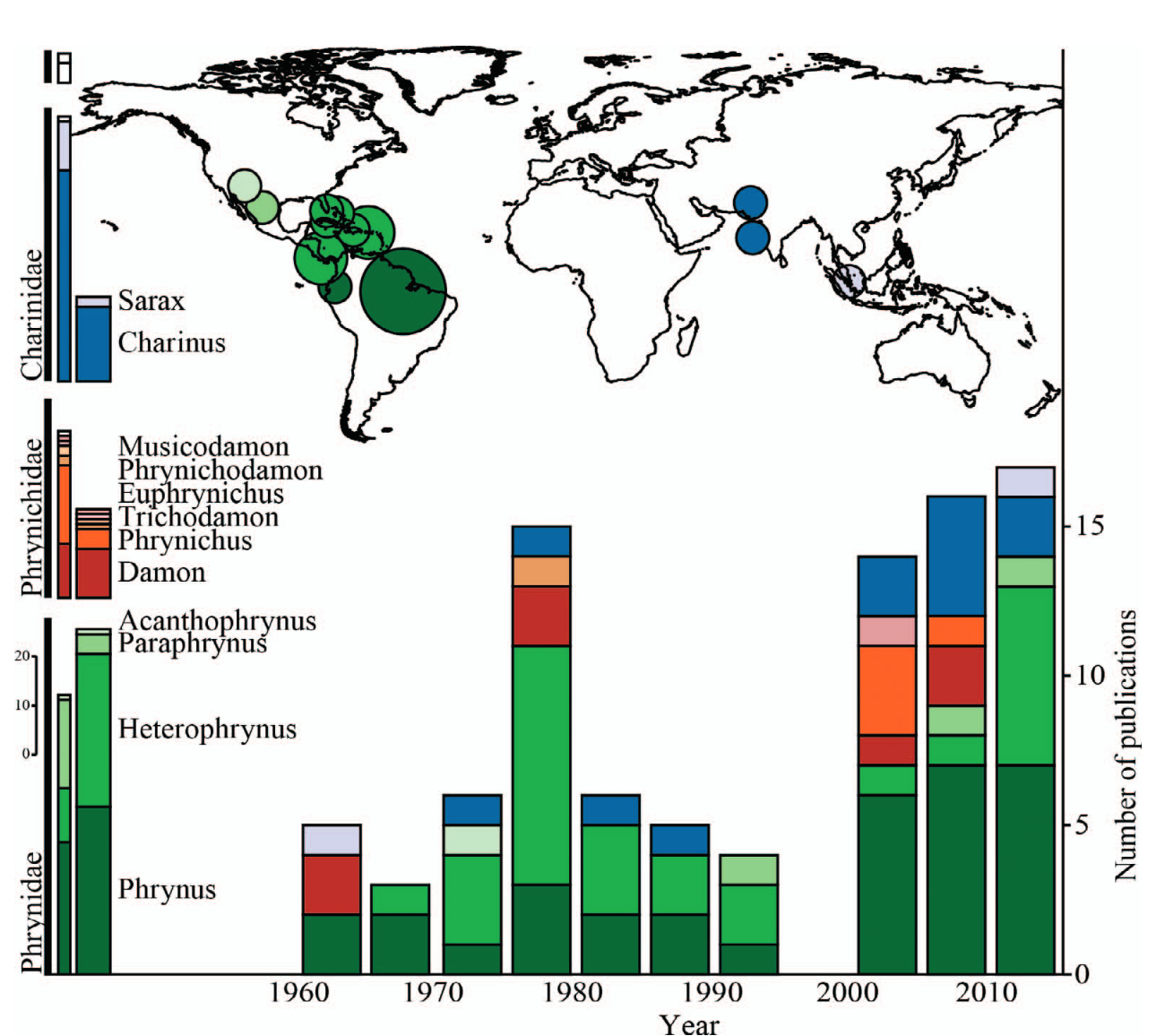
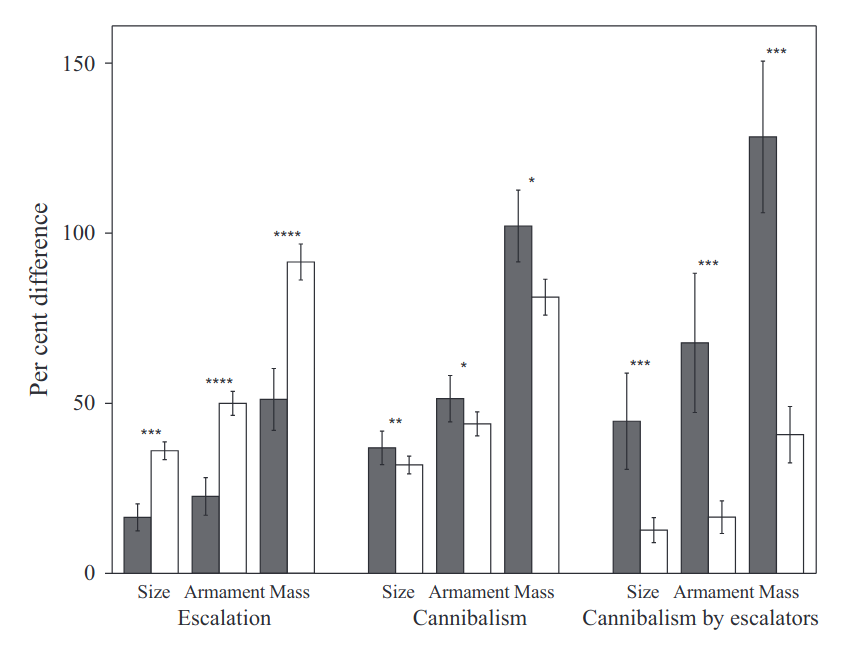
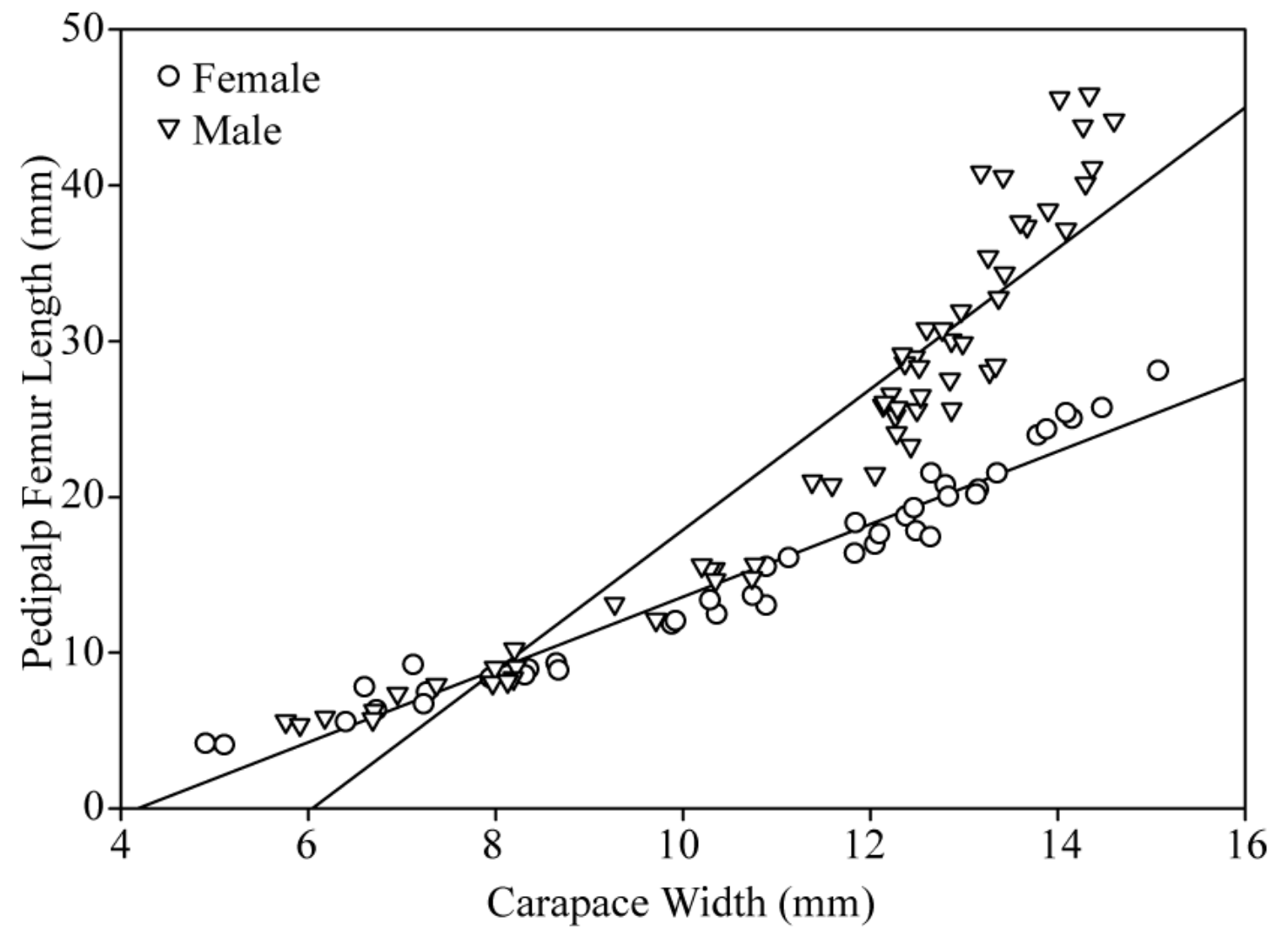

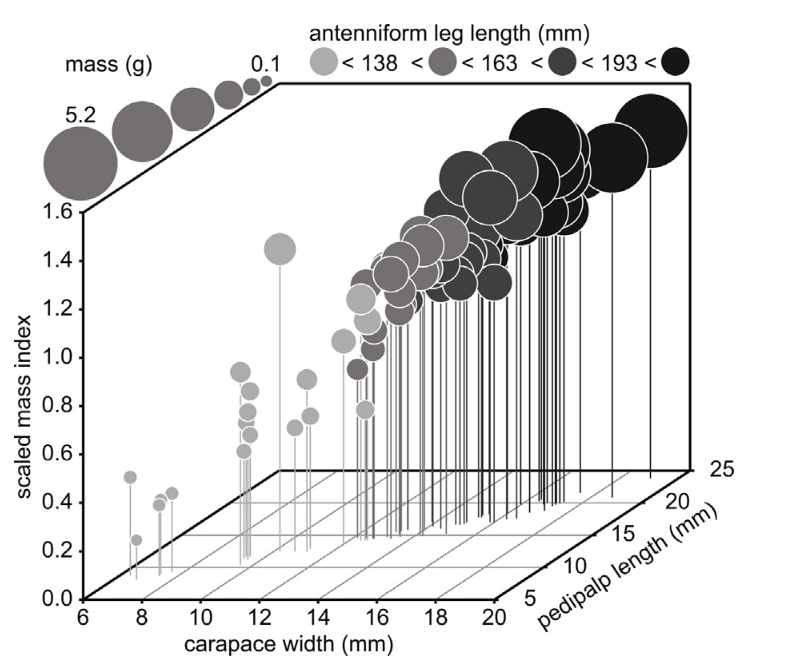
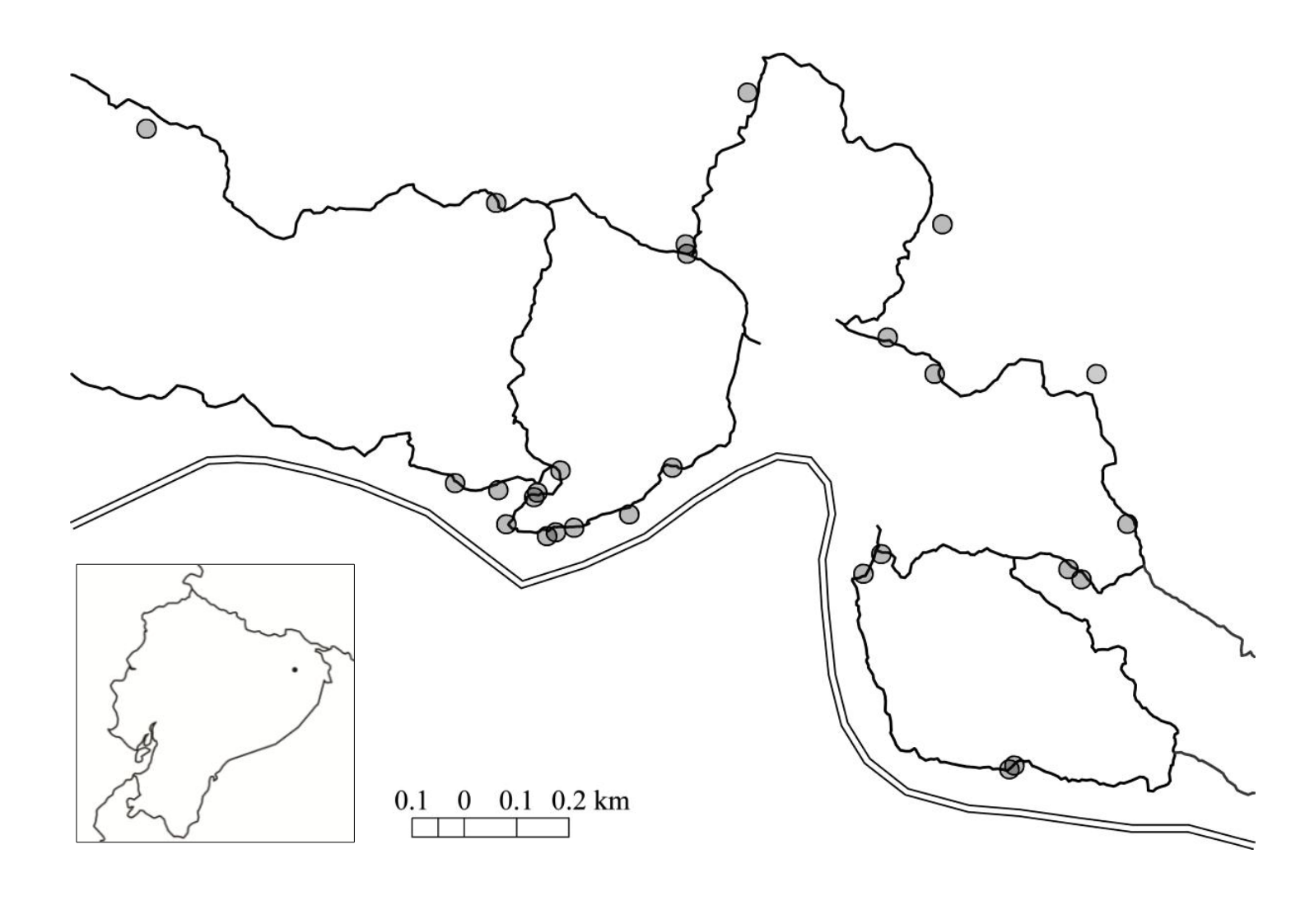
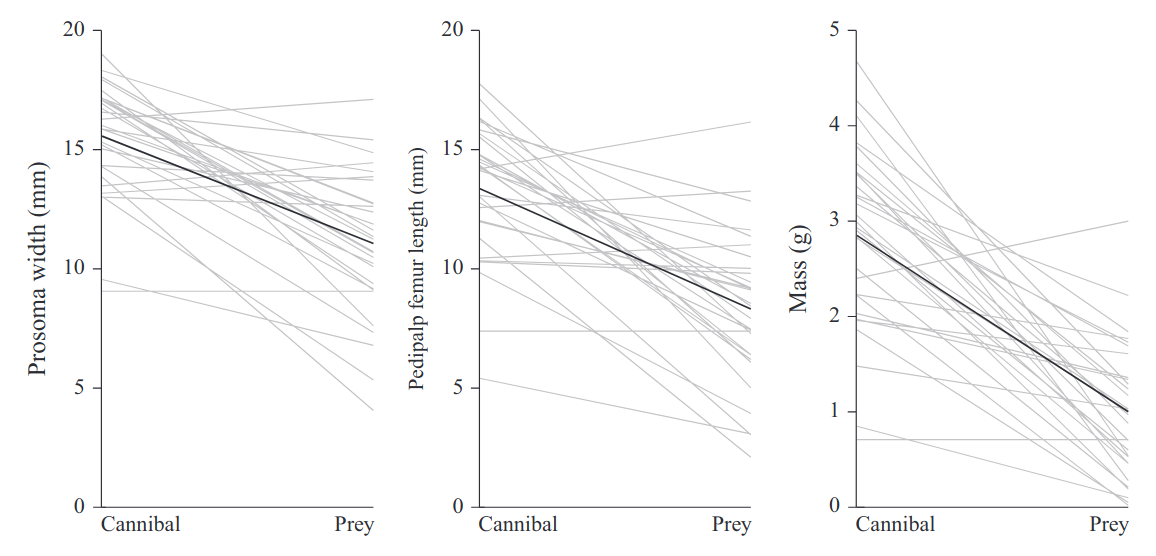
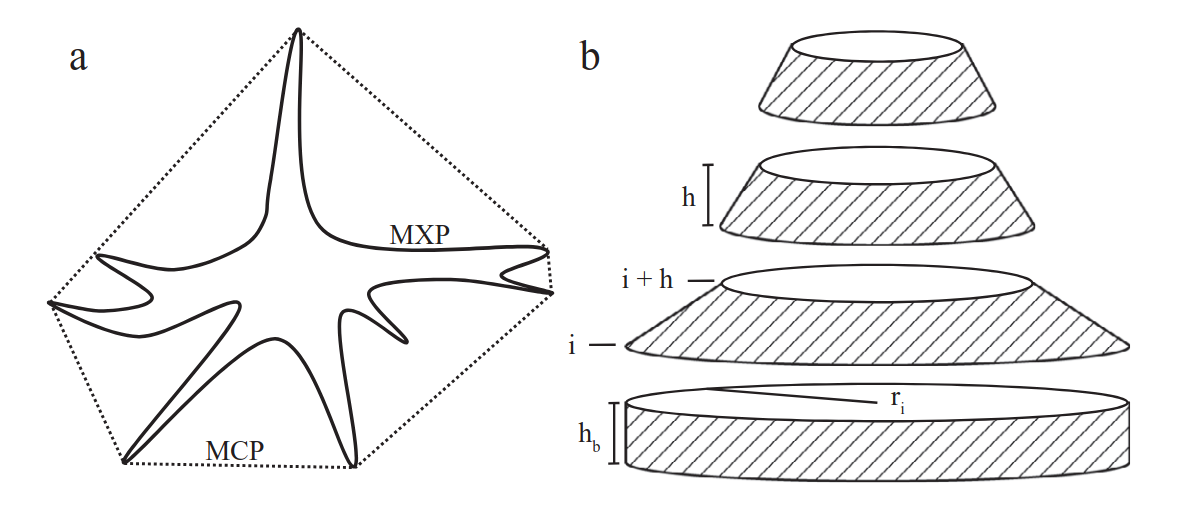
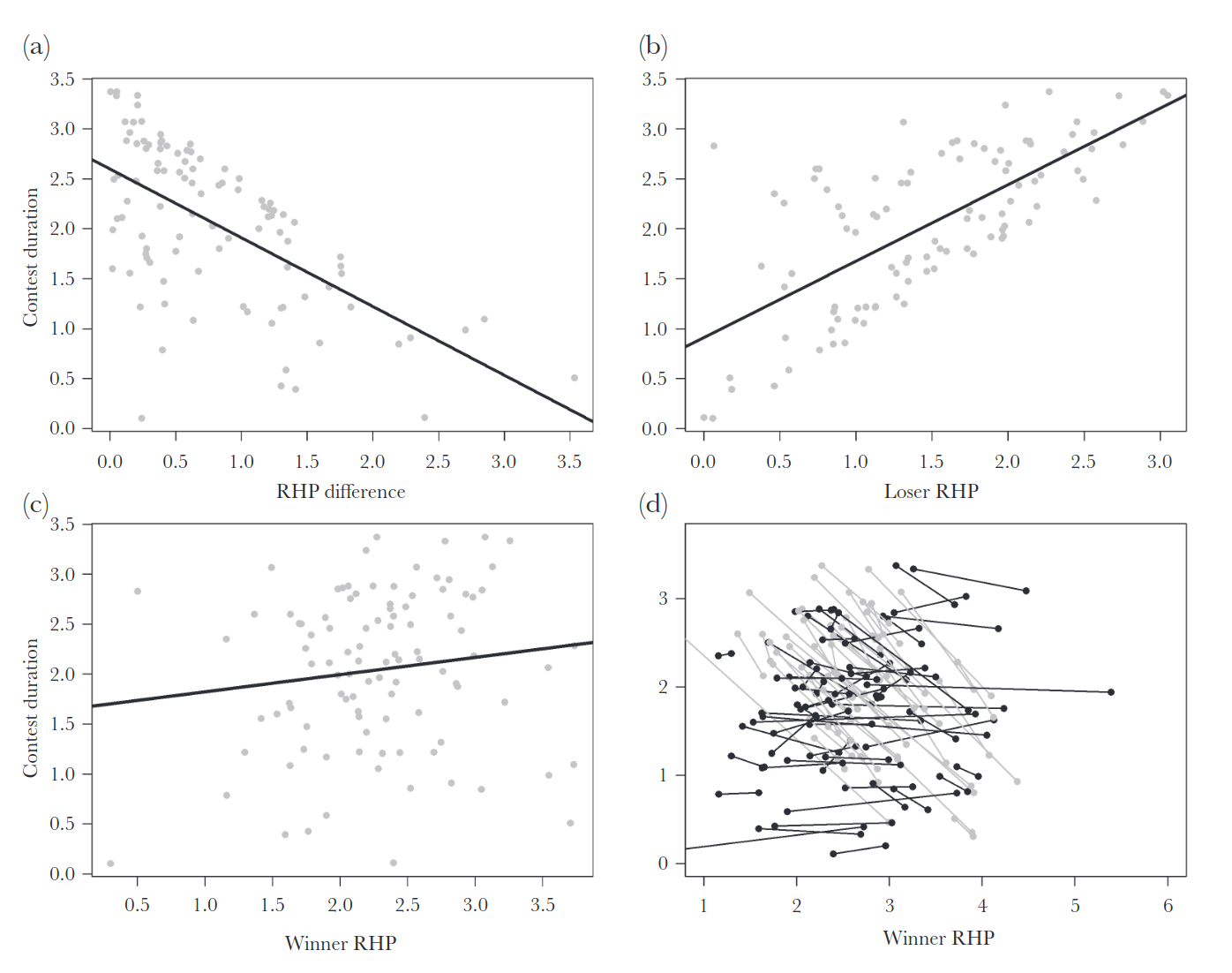
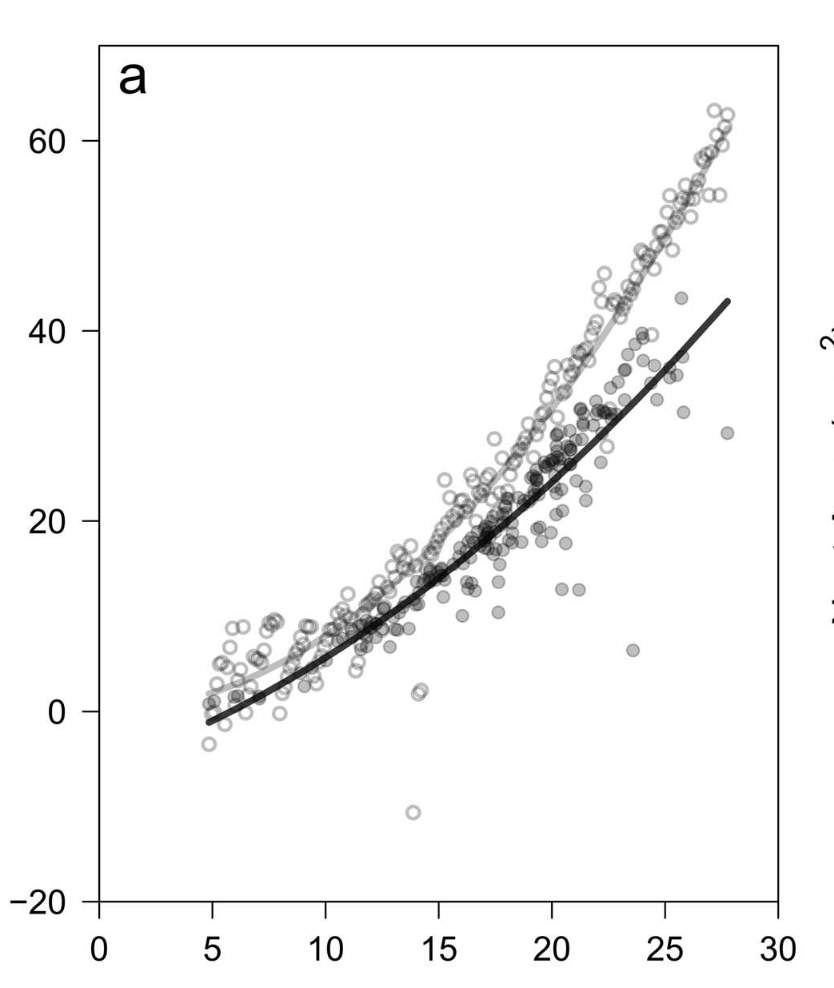
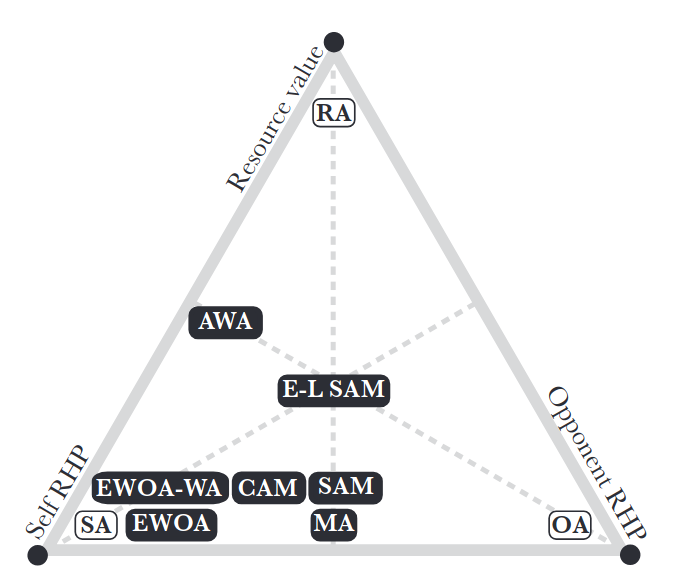
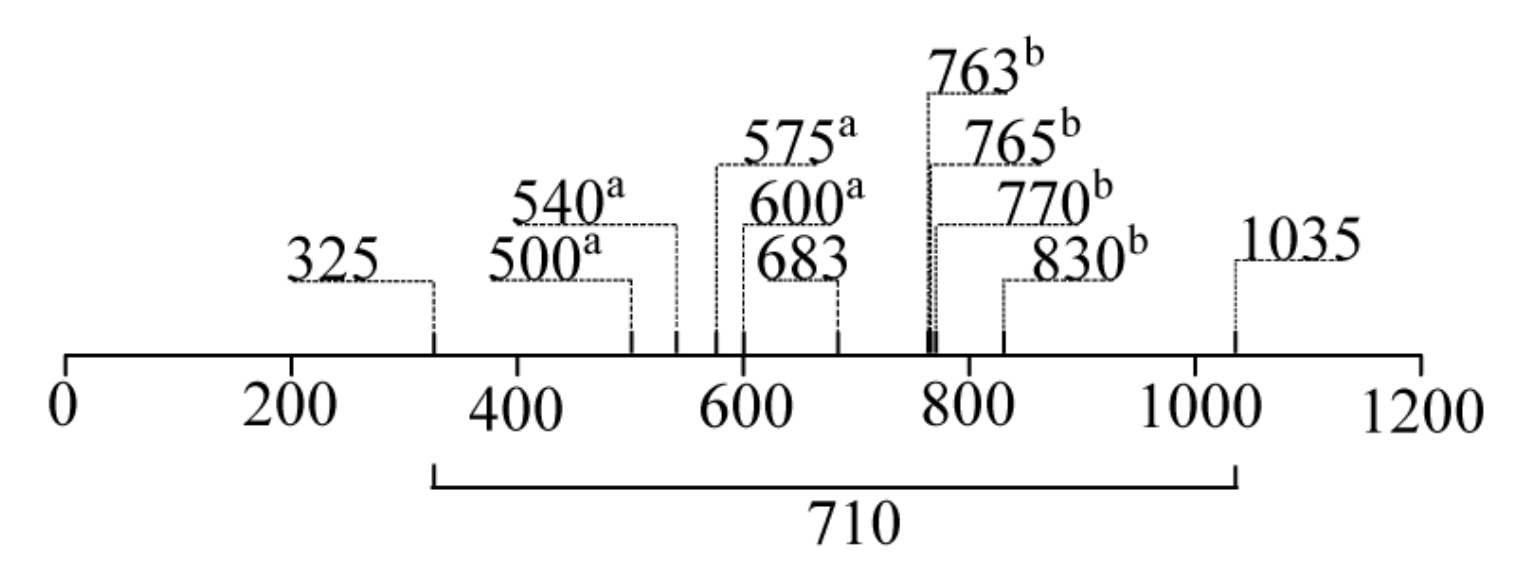
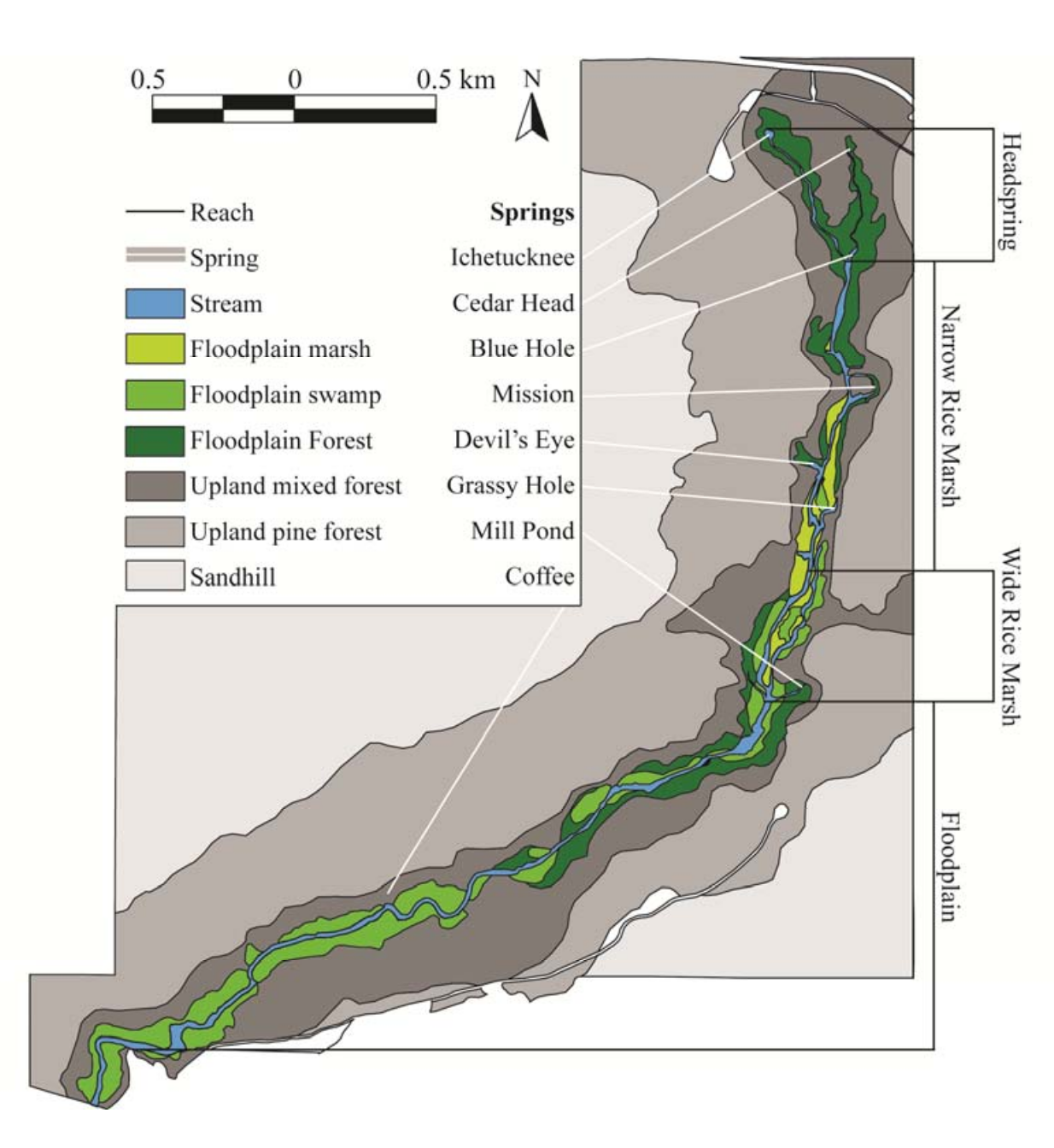
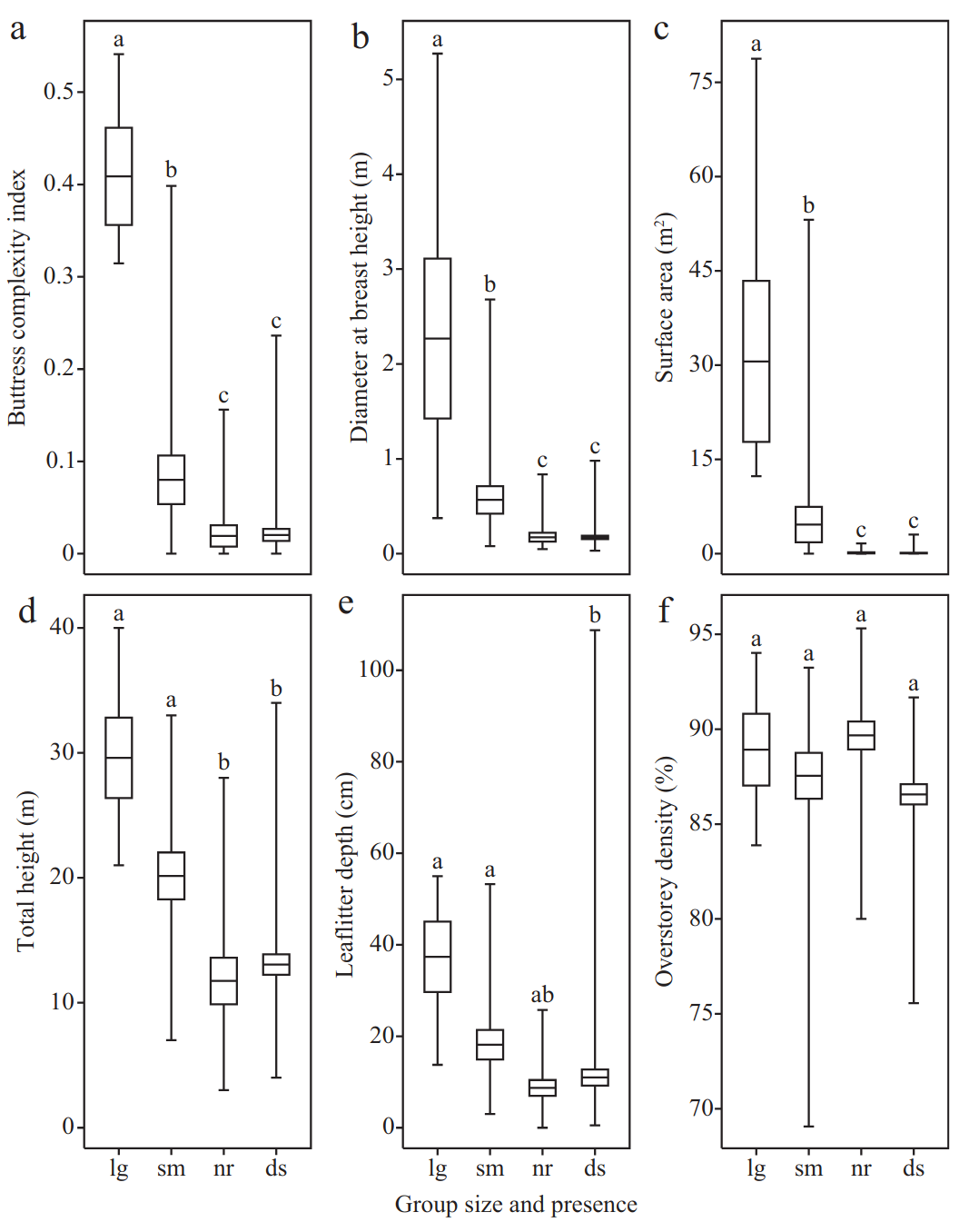
- Invasive and Endangered Species
- Ancient-lineage Arthropods
- Cave, Desert, and Forest Canopy Specialists
- Eusocial Colonies, including ants and pseudoscorpions
- Microbes and Microbiomes
- Human Populations
- Virtual and Theoretical Systems
Organisms
Analyses
Tools
- Molecular Genomics
- High Throughput Sequencing
- Fluorometry
- Experimental Behavioral Assays
- Python, R, Postgres, NetLogo
- Fullstack Web App Development
- High Performance Cluster Computing
Chapin KJ, Kittle A, Dornhaus A. 2022. Social pseudoscorpion nest architecture provides direct benefits to group members and rivals the efficiency of honey bees. Journal of Arachnology 50:323-334.
Wynne JJ, Niemiller ML, Chapin KJ. 2022. Evolutionary dynamics of cave and surface organisms. In: Cave Biodiversity: Speciation and Diversity of Subterranean Fauna. John Hopkins Press.
Chapin KJ, Paat V, Dornhaus A. 2022. Brood as booty: the effect of colony size and resource value in social insect contests. Behavioral Ecology 33:549-555.
Chapin KJ, Jones MR, Winkler DE, Rink G, Massatti R. 2022. Evolutionary dynamics inform management interventions of a hanging garden obligate, Carex specuicola. Frontiers in Conservation Science: Conservation Genomics 3:941002.
Briffa M, Lane SM, Chapin KJ, Peixoto PEC. 2020. Using ternary plots to investigate continuous variation in animal contest strategies. Animal Behaviour 167:85-99.
Winkler DE, Chapin KJ, Garmon JD, Gaut BS, Huxman TE. 2020. Sahara mustard as a major threat to desert biodiversity in the southwest United States and the need to integrate contemporary methods to understand its biology. Evolution and Ecology 10:14453.
Chapin KJ. 2019. Guano deposition predicts top predator (Amblypygi: Phrynidae) abundance in subtropical caves. Journal of Arachnology 47:385-388.


Winkler DE, Lin MY, Delgadillo J, Chapin KJ, Huxman TE. 2019. Early life history responses and phenotypic shifts in a rare endemic plant responding to climate change. Conservation Physiology 7:coz076.
Winkler DE, Chapin KJ, François O, Garmon JD, Gaut BS, Huxman TE. 2019. Multiple introductions and population structure during the rapid expansion of the invasive Sahara mustard (Brassica tournefortii). Ecology & Evolution doi: 10.1002/ece3.5239.
Chapin KJ, Smith KH. 2019. Vertically stratified arthropod diversity in Florida upland hardwood forests. Florida Entomologist 102:1.

Chapin KJ, Chen E. 2018. Reproductive strategy of a cave-living arachnid with indeterminate growth (Phrynus longipes). Journal of Arachnology 46:380-383.
McArthur IW, Miranda G, Seiter M, Chapin KJ. 2018. Global patterns of sexual dimorphism of Amblypygi. Zoologischer Anzeiger 273:56-64.
Winkler DE, Gremer JR, Chapin KJ, Kao M, Huxman TE. 2018. Rapid alignment of functional trait variation with locality across the invaded range of Sahara mustard (Brassica tournefortii). American Journal of Botany 105:1188-1197.
Chapin KJ. 2017. Arthropod Life History. In Encyclopedia of Animal Cognition and Behavior. SpringerNature doi:10.1007/978-3-319-47829-6_820-1.
Chapin KJ, Reed-Guy S. 2017. Territoriality mediates atypical size-symmetric cannibalism in the Amblypygi Phrynus longipes. Ethology 123:772-777.
Chapin KJ, Nonacs PN, Hayes L. 2017. Evaluating an open-exam approach to engaging students in evolutionary paradoxes: Cheating to Learn. American Biology Teacher 79:140-144.

Winkler DE, Chapin KJ, Kueppers LM. 2016. Soil moisture mediates alpine life form and community productivity responses to warming. Ecology 97:1553-1563.
Chapin KJ, Hill-Lindsay S. 2016. Territoriality evidenced by asymmetric intruder-holder motivation in an amblypygid. Behavioural Processes 122:110-115.

Chapin KJ. 2015. Cave-epigean behavioral variation of the whip spider Phrynus longipes (Arachnida: Amblypygi) evidenced by activity, vigilance, and aggression. Journal of Arachnology. 43:214-219.
Chapin KJ. 2015. Cave-epigean behavioral variation of the whip spider Phrynus longipes (Arachnida: Amblypygi) evidenced by activity, vigilance, and aggression. Journal of Arachnology. 43:214-219.Chapin KJ. 2014. Microhabitat and spatial complexity predict group size of the whip spider Heterophrynus batesii in Amazonian Ecuador. Journal of Tropical Ecology 30:173-177.
Chapin KJ. 2015. Cave-epigean behavioral variation of the whip spider Phrynus longipes (Arachnida: Amblypygi) evidenced by activity, vigilance, and aggression. Journal of Arachnology. 43:214-219.Chapin KJ. 2011. A subcuticular permanent marking technique (Visual Implant Elastomer) for Scorpions. Journal of Arachnology 39:194-6.
Research Sponsors
About Dr. Chapin
Dr. Kenny Chapin is an evolutionary biologist and science communicator with a lifelong passion to inspire others about the natural world. He holds degrees in biology, including a PhD in biology from UCLA.
Dr. Chapin has authored dozens of scientific and educational publications in academic journals and books like Animal Behaviour, Behavioral Ecology, and American Biology Teacher; presented at invited lectures and conferences around the globe; and served as a visiting scientist and lecturer at UCLA, UC Davis, and the University of Arizona.
His work has been featured in science news outlets like BBC, National Geographic, The Science Times, Earth Touch News, SciShow, Bad Science, and Science Moab.
Kenny is represented by Headwater Literary








Press and Media

6 Animals with extraordinary adaptations to cave life
Living in a cave isn't easy, but these six cave-dwelling animals have gained some amazing traits to help them survive there! Watch @ SciShow

The spider so terrifying that it has its own publicist
He has spent years studying these violent and terrifying-looking animals, and assures that they are truly “delicate and shy” beings. Read @ BBC News

Watch Cannibal "Scorpions" Fight
With long, spiky legs and formidable fangs, tailless whip scorpions look alot scarier than they are…Read @ National Geographic

Meet the arachnid that may add a new chapter to the book on sensory biology
Whip spiders, also known as tailless whip scorpions, are actually neither spiders nor scorpions.Read @ The Scientist

Cannibal Battle: Whip Scorpion Turf Wars can be Deadly
Tailless whip scorpions are fiercely territorial - and willing to fight for their turf. Scientists recently set out to learn more about the behaviour. Read @ Earth Touch News

Great Whip Spider Boom: Are These Exotic Arachnids a Spider or Tailless Scorpions?
The current surge of behavioral and neurophysiological studies about whip spiders has opened a doorway into their strange sensory world. Read @ Science Times

Understanding How Animals Behave
There is shockingly little known about why animals behave the ways they do. Here, we speak with Dr. Kenny Chapin who explains what we know about animal behavior… Listen @ KZMU

Adaptation with Nadia Osman & Dr. Kenneth Chapin
The current surge of behavioral and neurophysiological studies about whip spiders has opened a doorway into their strange sensory world. Listen @ Seeker Podcasts














